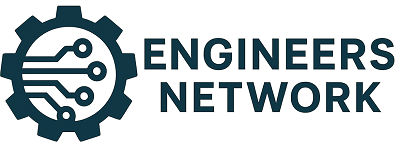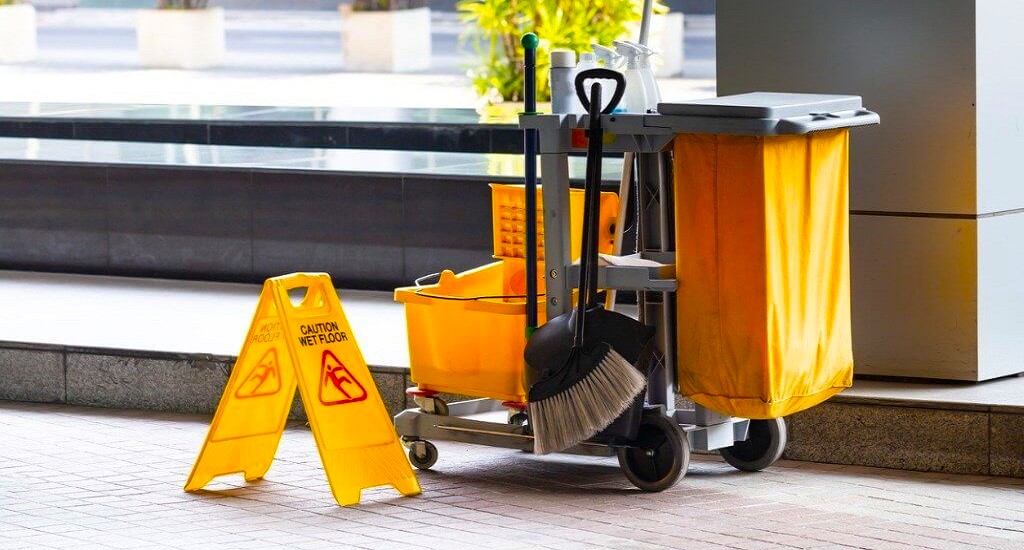The oil and gas industry uses powerful industrial equipment in very remote locations. Maintaining a safe work environment is a must to ensure the risk of accidents is kept to a minimum. OSHA has guidelines in place to help oil and gas companies reduce their risk of accidents and maintain an environmentally friendly and safe work area for all their employees. Companies strive to remain in compliance with these guidelines to avoid hefty fines.
Develop a Safety Plan
Having a well-thought-out safety plan in place ensures that employees have the tools and knowledge they need to perform their jobs safely and effectively. Safety plans can include placing safety stations throughout the work area and providing employees with PPE and the training they need to be protected from various types of accidents. Every employee should have a copy of the safety plan. Once the safety plan is in place, it should be followed to the letter, as well as all OSHA guidelines that apply to your specific industry.
Provide Safety Training
Safety training is essential for employees. Not only does safety training provide peace of mind, but it also gives employees the tools and knowledge they need to create a workplace that is both safe and productive. It’s important to provide safety training courses that are relevant to your particular industry. In some cases, this may include HAZMAT and advanced life-saving skills. In addition to the training, safety equipment must be also on hand.
Use Personal Protection Equipment or PPE
Hard hats, gloves, safety glasses, and hearing protection are just a few of the different types of personal protective equipment that are needed on most industrial job sites. Employees need to get in the habit of using PPE any time they are on the job site. Including the use of PPE in the safety plan you have developed is a must. Effective use of PPE is the best way to reduce your risk of minor injury while on the job.
Keep Areas Clean and Clutter-free
Work areas must be clean and clutter-free at all times. Put tools away as soon as you are finished using them and take the time to throw away any trash or debris you may find lying around. By picking up any materials or tools that may be on the ground, you eliminate any tripping hazards. It’s also important to flag any pieces of equipment that have parts that may stick out. Putting a piece of reflective tape on the edge so employees will notice it before they bump into it and injure themselves. Always keep surfaces clean and wipe them down after each use.
Maintain Your Equipment
Always maintain your equipment. Check it regularly to ensure there are no worn parts and that all fluid levels are where they need to be. Pieces of equipment like the Renegade lift assist gunhandler should be checked often to ensure it is always in good working order. This prevents delay and reduces the risk of injury in the workplace. In the long run, both time and money will be saved. Document your maintenance checks so everyone knows when a piece of equipment was last inspected.
Safety in the workplace is something you don’t want to take for granted. Always be proactive and take the time to reinforce your safety plan whenever possible. Work with your team to establish safety protocols that will allow your team to feel safe and secure in the workplace.
Tags: creating a safe work environment, psychologically safe work environment, right to a safe work environment, Safe Work Environment, what is a safe work environment



Leave a Reply